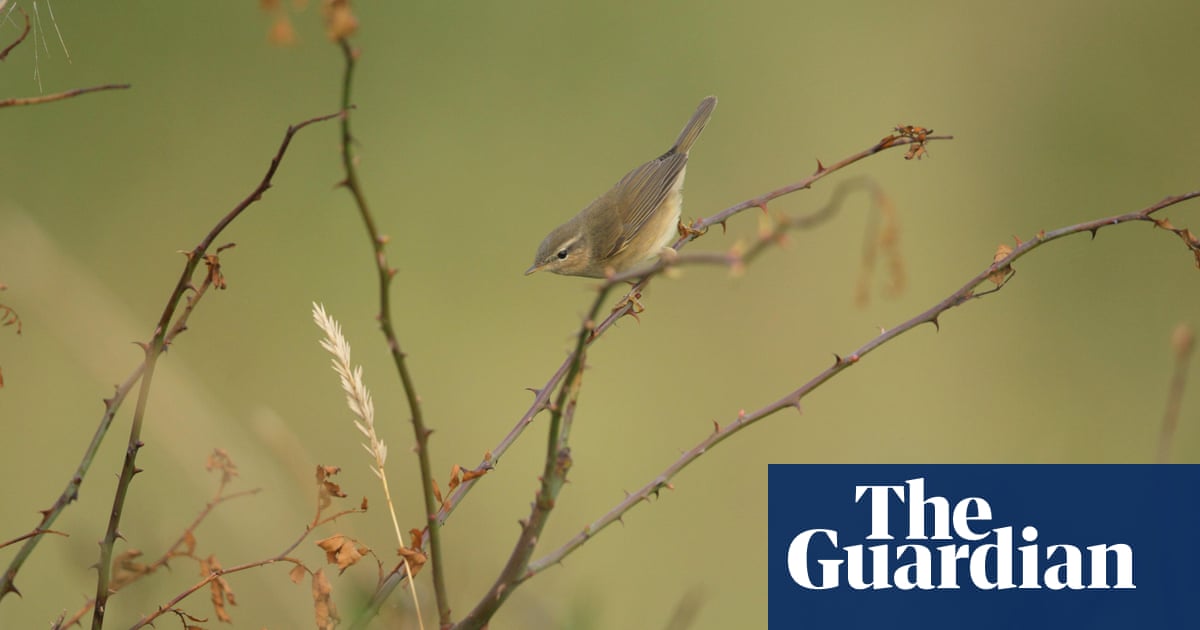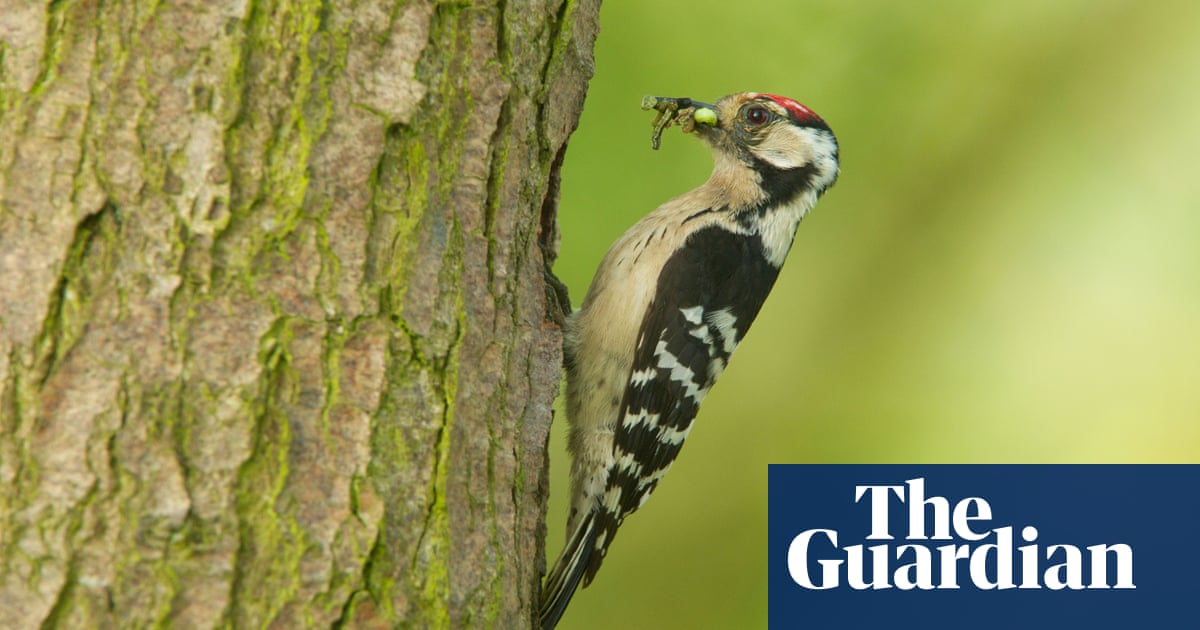
Spring migration is one of the highlights of the year for birdwatchers, but the quality and quantity of arrivals is always dependent on the prevailing weather conditions.
For the past two decades, the British Trust for Ornithology and other conservation organisations have collected records of rare and common birds through Birdtrack, allowing birders to input their sightings via an app on their smartphone. BTO scientists then analyse the data and publish the results on their blog.
Spring in the UK this year hosted a wide range of weather conditions, with warm southerly winds in March bringing a variety of early arrivals, followed by a cold, damp spell in early April that stopped many later migrants in their tracks.
Later that month, a return to southerly winds brought a mass arrival of one of Europe’s most colourful birds – the golden oriole – almost a month earlier than usual.
Easterly winds in May brought more scarce birds from the east: unprecedented numbers of red-backed shrikes, with as many as 200 individuals stopping off in Britain on their way to Scandinavia, including 32 on Fair Isle on a single day, and 10 along the Yorkshire coast.
Red-backed shrike was once a common British breeding bird that disappeared towards the end of the last century. We can only hope the rise in spring migrants might, one day, lead this charismatic species to breed regularly here once again.












